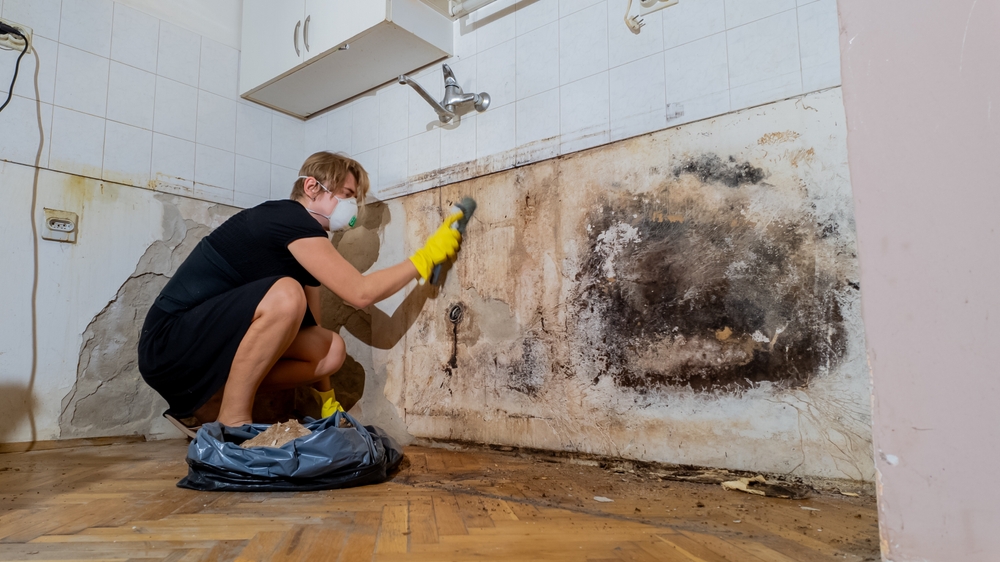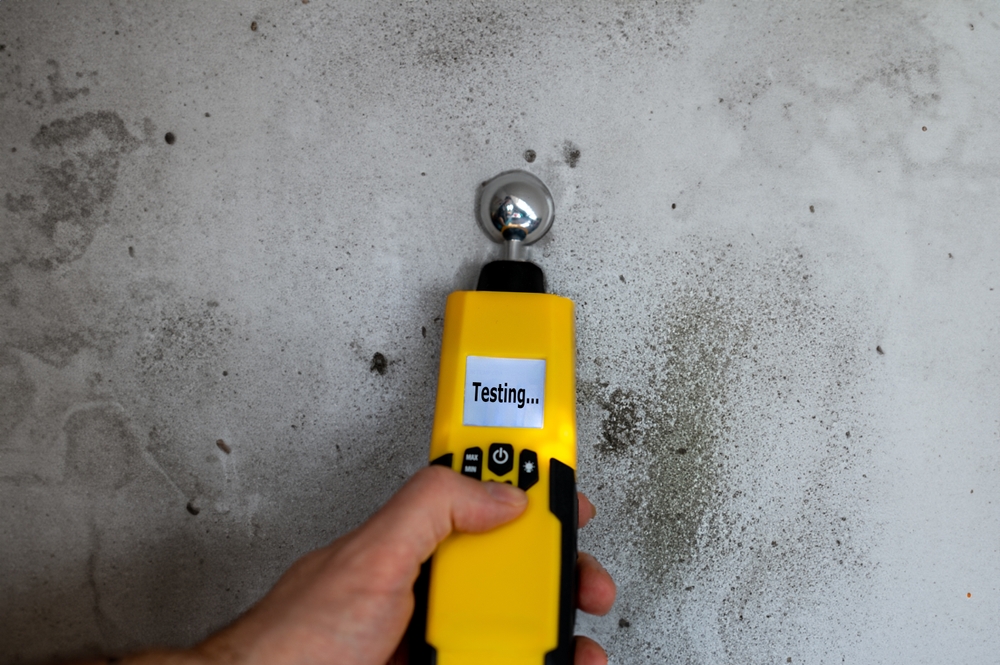When the rainy season comes, it brings more than just puddles and wet days. It also creates the perfect environment for mold to grow in your home. Imagine waking up on a rainy morning to find musty smells and damp spots around your house. Mold can damage your property and even make you sick. In this post, we will explain why rainy seasons make it easier for mold to grow and share simple, step-by-step actions you can take to protect your home. By following these tips, you can protect your home from mold, dry, and healthy even during heavy rains.
Introduction
Picture this: It’s a rainy day, and the sound of raindrops on the roof fills the air. At first, it feels cozy and safe. However, as the day goes on, you start to notice a strange, musty odor in your home. Soon, you see water stains on your walls and maybe even spot a few dark patches in corners. This is not just an inconvenience—it is a sign that mold might be growing.
Rainy seasons bring a lot of moisture into our homes. More water in the air means higher humidity, and mold loves moisture. Mold can affect your health, causing allergies and breathing problems, and it can also damage your walls, floors, and belongings. That is why it is so important to stop mold before it even starts. This blog post will guide you through the steps to protect your home from mold during the rainy season. Let’s learn how to keep our homes dry and safe!
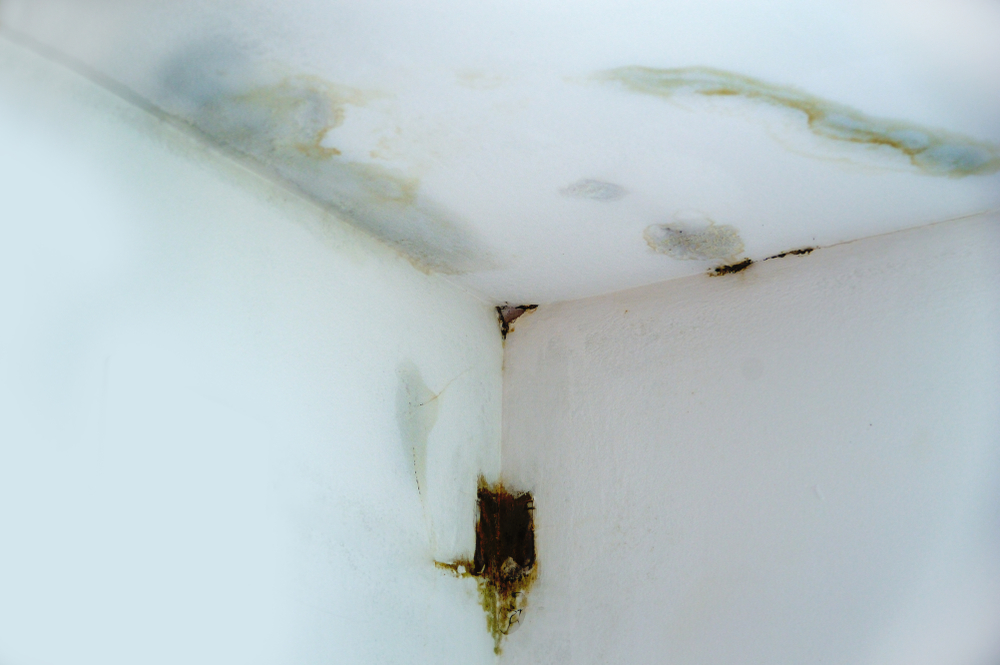
Understanding the Mold Threat
Mold is a type of fungus that grows in damp and dark places. It spreads quickly when there is too much moisture and warmth. During the rainy season, water seeps into many areas of your home, making it the perfect spot for mold to grow.
Why Does Mold Thrive in Damp Environments?
Mold needs three things to grow: water, food, and the right temperature. Water can come from rain, leaks, or even high humidity. Food for mold is found in everyday materials like wood, paper, and fabric. And mold loves warm places. When these three ingredients mix, mold can start growing almost anywhere in your home.
Health Risks and Damage
Mold is not just unsightly; it can also be harmful to your health. Breathing in mold spores can cause:
- Allergies and sneezing
- Coughing and wheezing
- Skin rashes and irritation
- More serious respiratory problems, especially for young children and the elderly
Moreover, mold can slowly damage the structure of your home. It can weaken walls, damage flooring, and ruin your belongings. During the rainy season, the increased moisture makes your home even more vulnerable. Understanding this threat is the first step in taking action to protect your home.
Identifying High-Risk Areas in Your Home
Not all parts of your home are equally at risk. Some areas are more likely to host mold during the rainy season. Here are a few common spots to check:
- Basements and Crawl Spaces: These areas are often damp and poorly ventilated, making them a favorite spot for mold.
- Bathrooms and Kitchens: The water used in showers, sinks, and dishwashers can create moist environments that mold loves.
- Attics: If your roof leaks or if there is poor insulation, attics can become warm and damp.
- Areas with Leaky Roofs or Pipes: Any place where water drips or seeps in is a potential mold hotspot.
- Windows and Doors: Condensation can form around these areas, especially if they are not sealed properly.
- Places with Poor Air Circulation: Corners or rooms that do not get much fresh air can trap moisture, inviting mold to grow.
By regularly checking these high-risk areas, you can catch mold early before it spreads throughout your home.
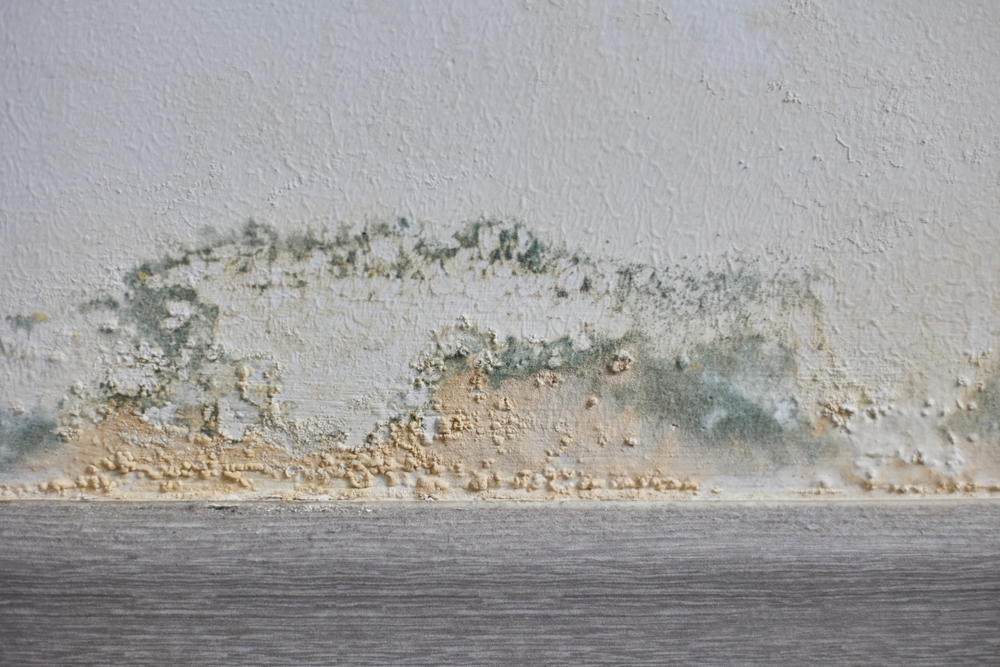
Preventative Measures: A Comprehensive Checklist
Now that we know where mold is most likely to grow, let’s look at some practical steps you can take to prevent it during the rainy season.
Moisture Control
-
Repair Leaks Immediately:
If you notice any leaks in your roof, pipes, or windows, fix them right away. Even a small leak can create enough moisture for mold to grow. -
Ensure Proper Drainage Around Your Foundation:
Make sure the water from your roof and gutters flows away from your home. Clean gutters and downspouts regularly to avoid blockages. -
Use Dehumidifiers:
In areas that tend to be damp, like basements or bathrooms, use a dehumidifier. This machine removes excess moisture from the air and helps keep the humidity levels in check. -
Dry Wet Items Immediately:
If you spill water or if items get wet, dry them as soon as possible. This prevents moisture from sitting around and causing mold growth.
Humidity Management
-
Monitor Indoor Humidity Levels:
Try to keep your home’s humidity between 30% and 50%. You can use a simple humidity gauge to check the levels. -
Use Air Conditioning:
Air conditioners not only cool your home but also reduce the amount of moisture in the air. -
Avoid Overwatering Indoor Plants:
Plants need water to live, but too much water can increase humidity. Water your plants just enough so that they are healthy without adding extra moisture to the room.
Ventilation
-
Ventilate Bathrooms and Kitchens:
Use exhaust fans when you take a shower or cook. This helps to remove the moist air from these areas and replace it with fresh, dry air. -
Increase Airflow in Basements and Attics:
Open windows and use fans to help circulate air in these areas. Better airflow can reduce moisture buildup. -
Ensure Clothing Dryers Vent Outside:
Make sure that your dryer vents to the outside of your home. If it vents indoors, it can add extra humidity and promote mold growth.
Cleaning and Maintenance
-
Clean Gutters and Downspouts Regularly:
Clogged gutters can lead to water overflow, which increases the chance of leaks and water damage. -
Inspect and Clean HVAC Systems:
Your heating, ventilation, and air conditioning systems can harbor mold if not maintained properly. Regular cleaning and inspections help prevent mold from spreading. -
Promptly Clean Up Spills and Water Damage:
Don’t let spills or water damage sit. Clean them up immediately, and dry the area thoroughly. -
Use Mold-Resistant Paint:
In areas that are prone to moisture, consider using mold-resistant paint. This type of paint helps prevent mold from growing on your walls.
By following this checklist, you can significantly reduce the risk of mold during the rainy season. Each step works together to keep your home dry and healthy.
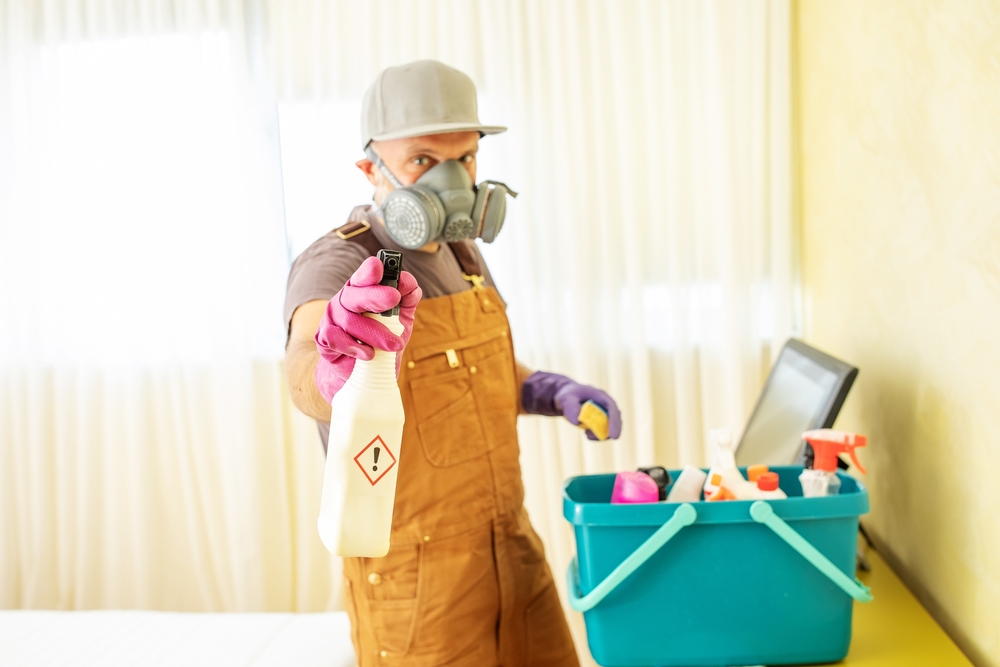
Addressing Existing Mold and Water Damage
Sometimes, mold has already begun to grow, and water damage is visible. If you notice signs of mold, it is important to act quickly.
Identifying Signs of Mold Growth
-
Visible Mold:
Look for small patches of black, green, or white mold. Even tiny spots can be a sign of a larger problem. -
Musty Odors:
A strong, musty smell is a classic sign of mold, even if you can’t see it. -
Water Damage:
Water stains, peeling paint, or damp spots on walls and ceilings may indicate that mold is lurking behind the surfaces.
Safe Methods for Cleaning Small Mold Infestations
-
DIY Cleaning Solutions:
For small areas, you can use household cleaners like a diluted bleach solution, vinegar, or hydrogen peroxide. Always remember to wear gloves, a mask, and eye protection when cleaning mold. -
Scrubbing and Drying:
Gently scrub the affected area with a brush, and then dry it completely. Be sure to dispose of any cleaning cloths or sponges that come into contact with mold.
When to Call a Professional
-
Large Infestations:
If mold covers a large area or if it is hidden behind walls or under floors, it is best to call in a professional. They have the tools and expertise to remove mold safely and effectively. -
Health Concerns:
If anyone in your home is experiencing severe allergies, asthma, or other respiratory issues, professional mold remediation is recommended.
Steps After Water Damage
-
Dry the Area:
Use fans, dehumidifiers, or air conditioners to dry out the area quickly. -
Clean Up:
Remove any damaged materials that cannot be cleaned, such as soaked insulation or carpeting. -
Document the Damage:
Take pictures and keep records of any water damage. This documentation can help with insurance claims if needed.
Addressing existing mold and water damage quickly is essential to prevent the problem from growing. The faster you act, the less likely mold will cause long-term issues.
Long-Term Solutions for a Mold-Resistant Home
For lasting protection, consider these long-term strategies to make your home mold-resistant:
-
Proper Insulation and Vapor Barriers:
Insulate your home properly and install vapor barriers in areas prone to moisture. This helps keep the warm, moist air out of cold spaces where mold can grow. -
Improving Ventilation Systems:
Upgrade your ventilation systems to ensure continuous air flow. Better ventilation means less moisture and a lower risk of mold. -
Using Mold-Resistant Building Materials:
When building or renovating, choose materials that are resistant to mold. Products like mold-resistant drywall and paint can help prevent mold growth from the start. -
Regular Home Inspections and Maintenance:
Schedule routine inspections of your home, especially after heavy rains. Check areas like roofs, basements, and attics for signs of water damage or mold. -
Create a Routine for Checking Problem Areas:
After a heavy rain, take time to inspect areas that are most at risk. Look for signs of moisture, leaks, or mold and address them immediately.
By planning for the long term, you can make your home more resilient against mold and enjoy a healthier living environment throughout the rainy season and beyond.
Conclusion
Rainy seasons bring many challenges, but mold does not have to be one of them. By understanding the risks and taking proactive steps, you can protect your home from mold growth. Remember to control moisture, manage humidity, ensure proper ventilation, and keep up with regular cleaning and maintenance. If you notice any signs of water damage or mold, act quickly to dry and clean the affected areas. And if the problem is large, don’t hesitate to call a professional.
Taking these steps not only protects your property but also helps keep your indoor air clean and safe for you and your family. A dry home is a healthy home! So, take action today to safeguard your home during the rainy season and enjoy a worry-free, mold-resistant space.
For more detailed advice or professional assistance, consider reaching out to a local mold remediation expert. Your home deserves the best care, especially when the rain starts to fall.
Philadelphia Restoration Services
https://www.google.com/maps?cid=3399342399556699153
+1 267 668 0013
https://philadelphiarestorationservices.com/

